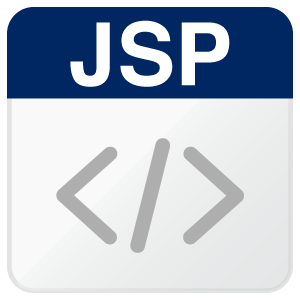Other Parts Discussed in Thread: CSD18540Q5B
Hi,
I want to control a BLDC Motor with using DRV8320H as a driver. Also in Mosfet part, I decided to use CSD18540Q5B. But I couldn't calculate what to connect to the IDRIVE pin.
Formula : IDRIVEP > Qgd / tr IDRIVEN> Qgd / tf



